I keep a glued-lapstrake Penobscot 17 oar-and-sail boat on a mooring on the coast of Maine. For simplicity’s sake, we leave it uncovered. While that saves a lot of time fussing with a tarp, the downside is that when we get a big rain, the open hull collects water, and I need to bail her. Sometimes it’s just a few inches, but there have been times after a big storm when I have found a foot of water in her. The boat, built of wood and fitted out with plenty of foam insulation for flotation, is in no danger of sinking, but it can be a long chore to bail her out. After some big rains, I would find our Penobscot 17 filled to almost bench-level. The boat was never in danger of sinking, but it did lead to time-consuming bailing before we could get off the mooring.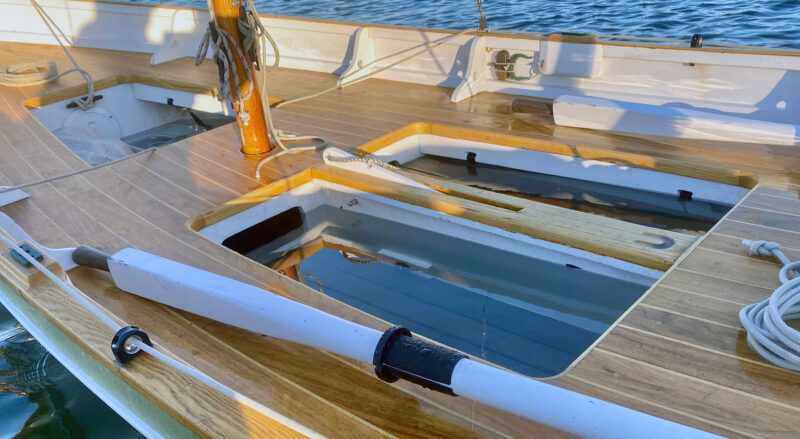 Photographs by the author
Photographs by the author
Join The Conversation
We welcome your comments about this article. To include a photo with your remarks, click Choose File below the Comment box.







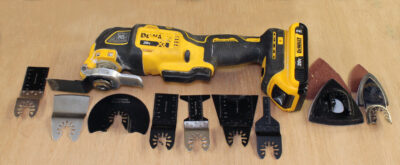

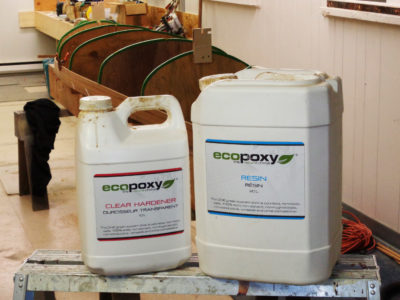
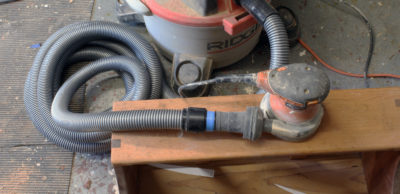
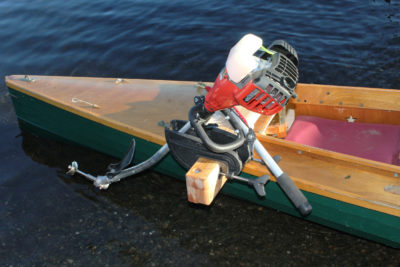
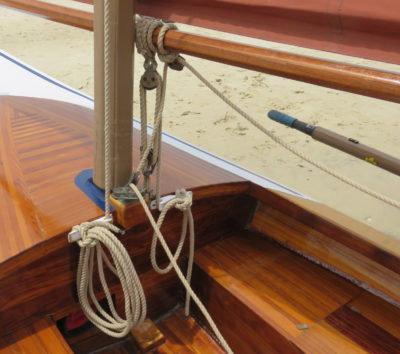
Hi Jim. Nice article! I used an EasyBailer for about 10 years when I had my Alpha/Beachcomber dory moored in Round Pond. I bought it from the designer. It worked great, as you say, for most of the time. I think the older dory (at 21 ft) was pushing the bailer a bit too much. It worked fine unless there were several days in a row of rain and it couldn’t recharge the battery under the dark/cloudy conditions and keep up with the constant rain. Since the pump was adequate, the designer suggested a bigger battery with more storage capacity. That made the package a bit bigger, but it worked fine after that. A smaller boat should have no problem, and as you point out, the solar panels are probably better than 15 years ago also. Thanks for a great article on a very useful piece of equipment!
Hi Ken,
Just seeing your note here. Cool you’ve known of this for years. Makes sense what you say about scaling a battery up to the boat. I’m curious about newer lithium batteries being more powerful and lighter. The pump specified really moves a lot of water fast. So mainly just having enough power to do the job. And agreed, several cloudy rainy days would tax a small battery.